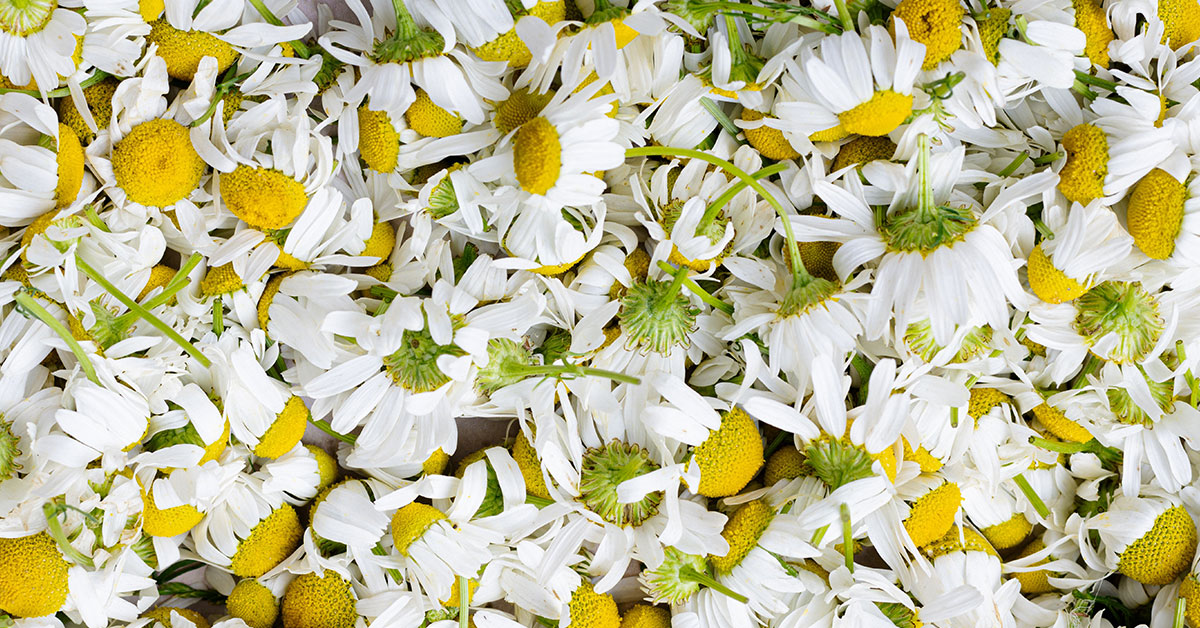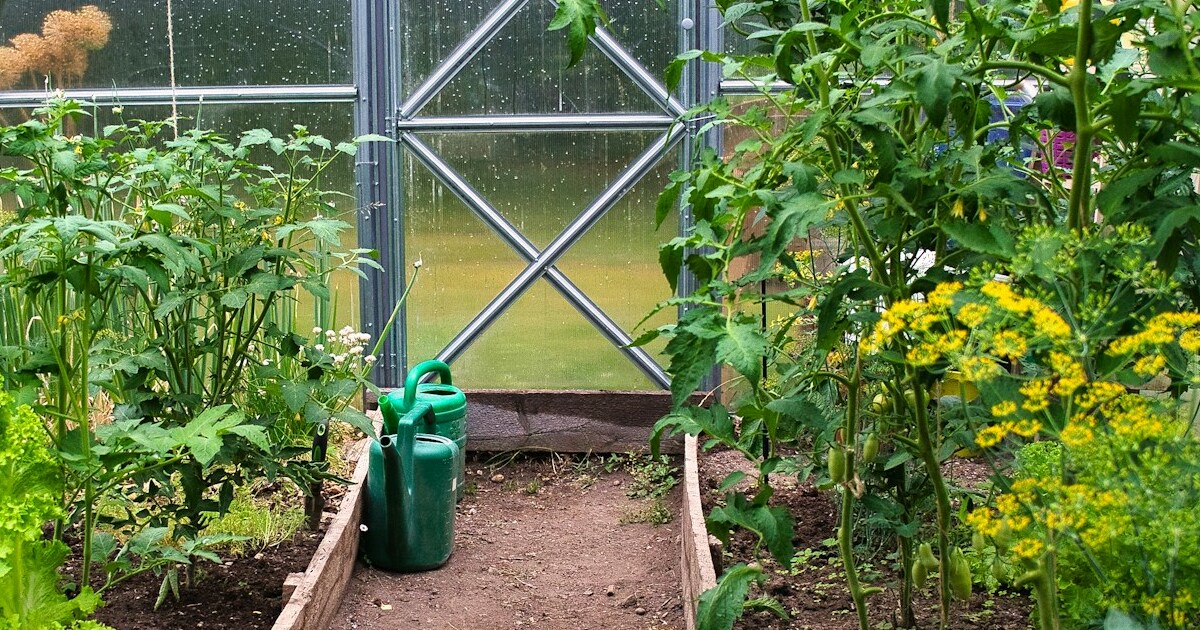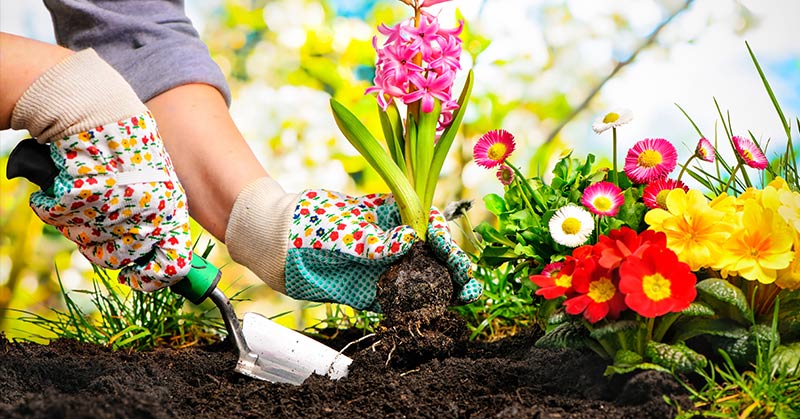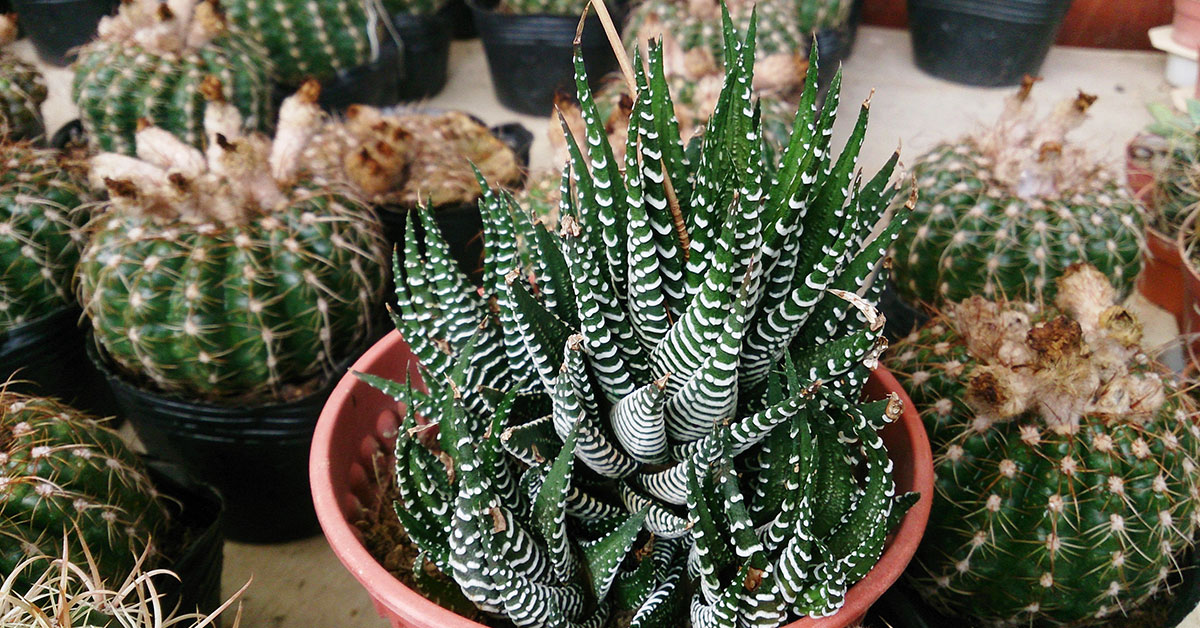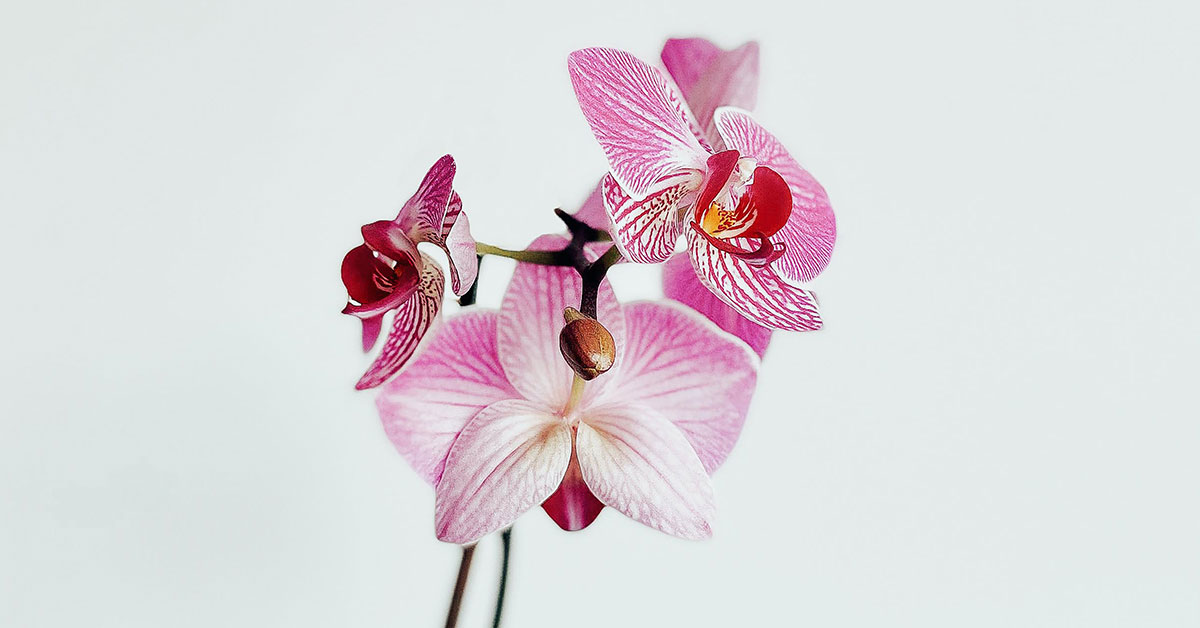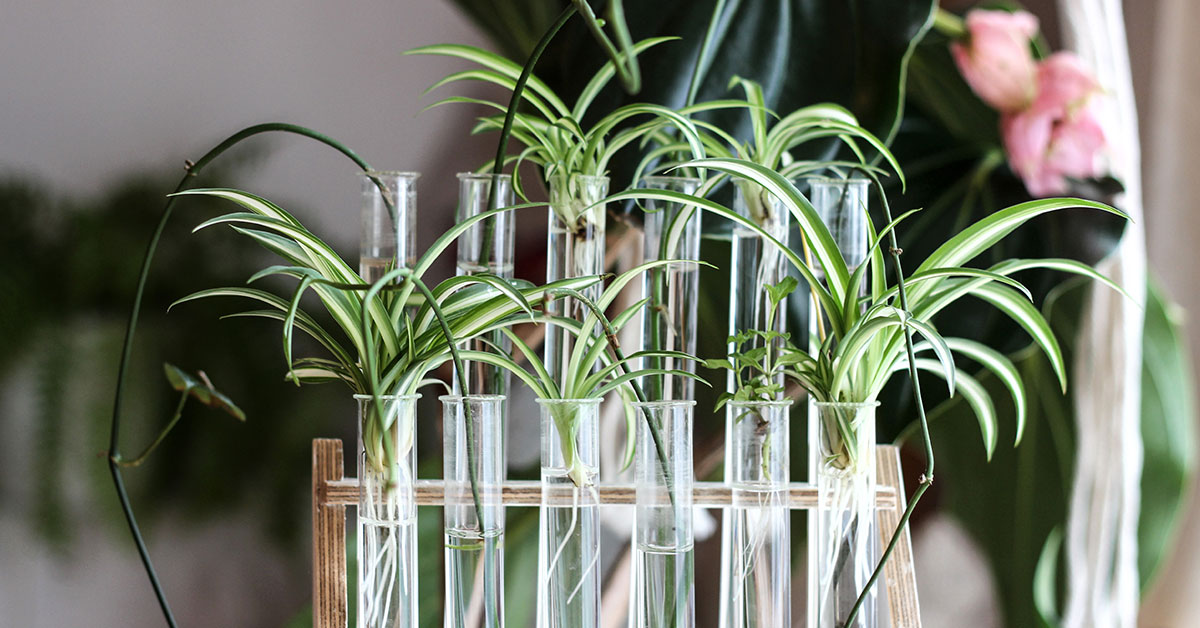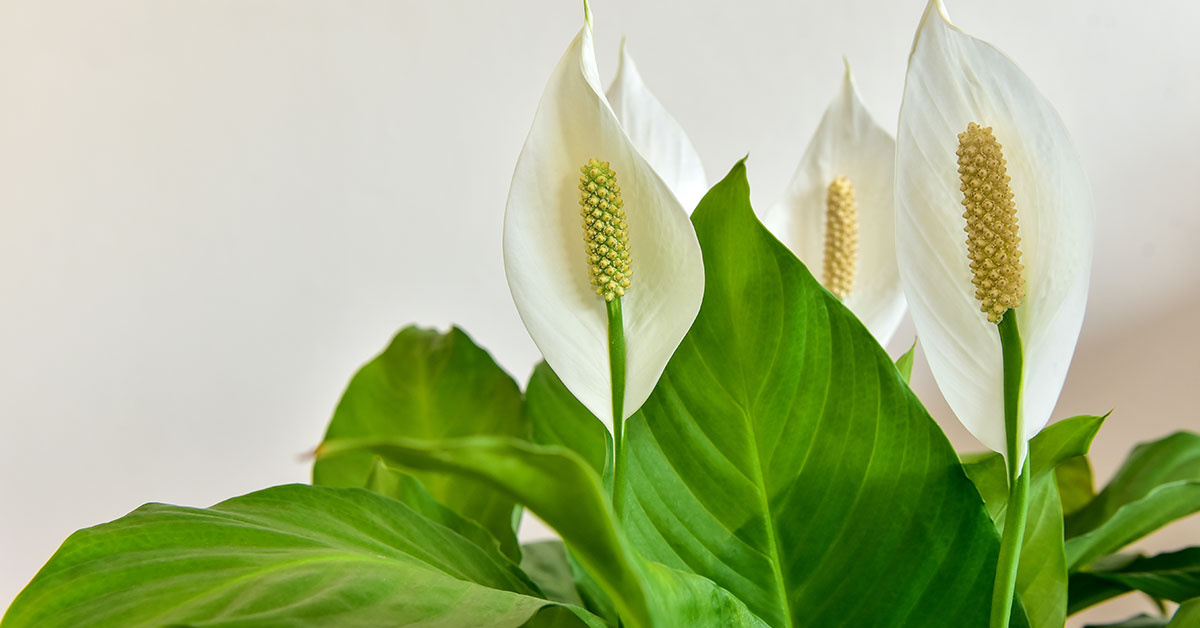Bringing lush greenery into your home creates a calming atmosphere, but for households with curious cats or playful dogs, some popular houseplants can pose serious risks. As a gardener who’s seen too many puzzled pups and distressed kitties after sampling a tempting leaf, I know how heartbreaking it is when a simple plant becomes a hidden hazard—it’s such a bummer when your indoor oasis turns into an emergency! Learning which plants contain toxins and how they behave in your space is the first step toward creating a pet-safe environment.
In this article, we’ll explore twelve common indoor plants that are toxic to cats, dogs, or both. For each, you’ll discover its native origins, how it typically grows—whether it stays neatly in its pot or tends to spread—and even the tiny critters it might attract, like fungus gnats or mealybugs. Armed with this information, you can make informed decisions: rehome these beauties, place them well out of paw’s reach, or substitute equally stunning, safe alternatives.
Snake Plant (Sansevieria trifasciata)
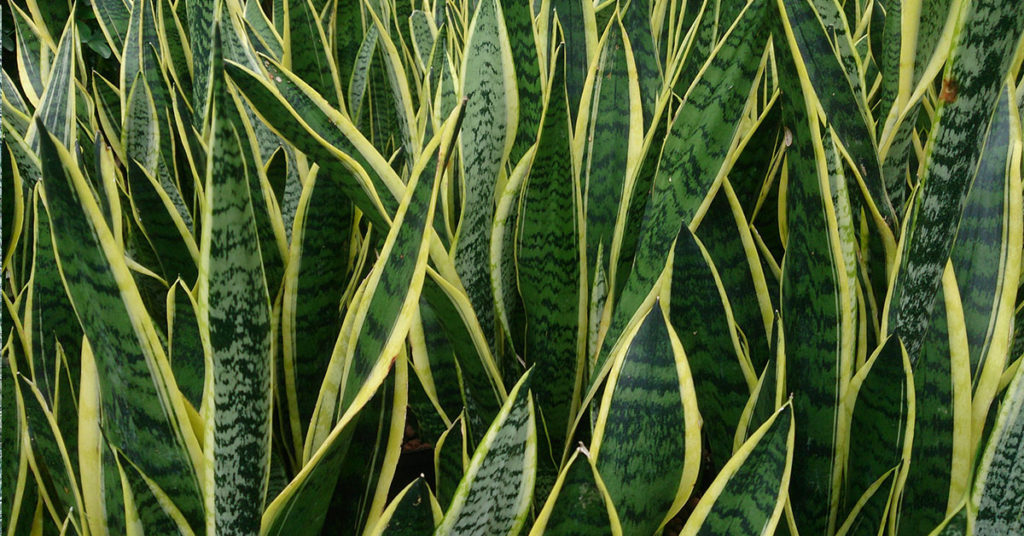
Native to West Africa, the Snake Plant is loved for its architectural, upright leaves that thrive on neglect, making it perfect for beginners. Its soil—often kept on the drier side—can attract fungus gnats when overwatered, drawing small insects into your living room ecosystem. Insects like these can bring predatory mites or ladybugs if you introduce them for biocontrol.
Unfortunately, Snake Plant contains saponins that can cause nausea, vomiting, and diarrhea in pets who chew the leaves. After one of my cats took a curious nibble, I realized these tall planters needed barricading! Placing Snake Plants on a high shelf or in a hanging basket is the safest way to enjoy their sleek silhouette without risking a trip to the vet.
Philodendron (Philodendron hederaceum and others)
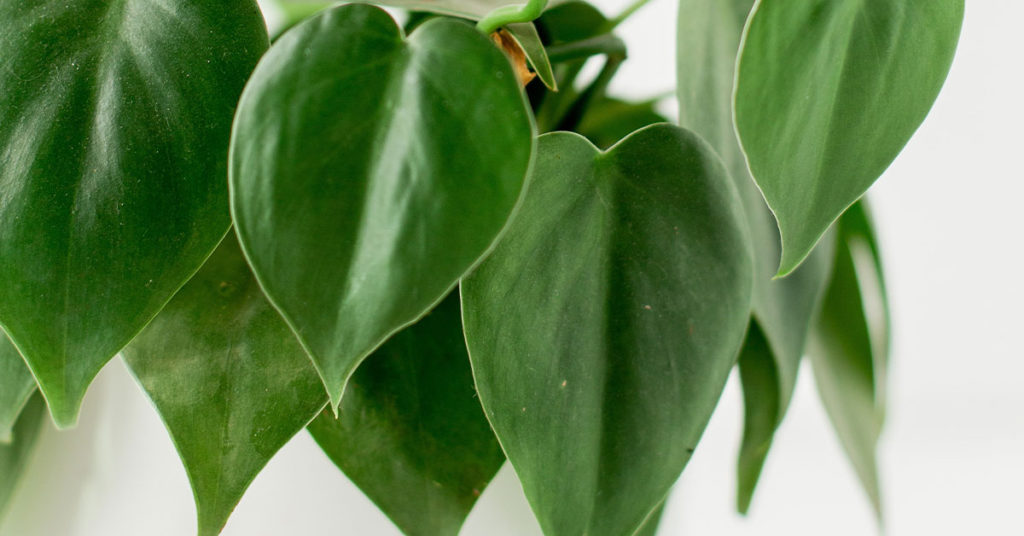
Philodendrons hail from the tropical rainforests of Central and South America, where they climb trees and sprawl across the forest floor. Indoors, they flourish in bright, indirect light and well-draining soil, rarely escaping their pots. Their dense foliage often provides cozy microhabitats for beneficial insects like ladybugs, which patrol for aphids.
However, all parts of this plant contain insoluble calcium oxalate crystals that cause intense oral irritation, drooling, and difficulty swallowing when ingested. I once had a neighbor’s kitten end up with a swollen mouth after sampling a low-hanging leaf! To protect your pets, grow philodendrons on tall stands or behind glass partitions, keeping those glossy leaves out of reach.
Jade Plant (Crassula ovata)
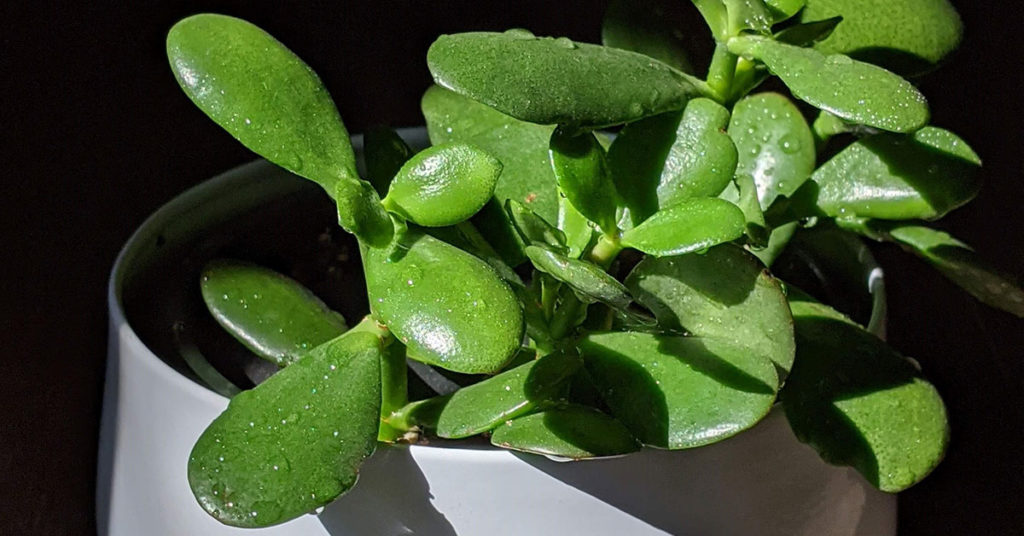
Native to South Africa and Mozambique, the Jade Plant is a succulent superstar known for its glossy, thick leaves and tree-like form. It’s remarkably low-maintenance and remains neatly confined to its pot, but if the soil dries out too much, it can attract tiny springtails that thrive in drier conditions.
All parts of Jade Plant contain bufadienolides, which can cause vomiting, lethargy, and cardiac abnormalities in pets. One curious pup in my neighborhood discovered this the hard way! Elevating jade on a sturdy shelf or using a wall-mounted planter keeps these water-storing beauties—and your furry friends—happy and safe.
ZZ Plant (Zamioculcas zamiifolia)
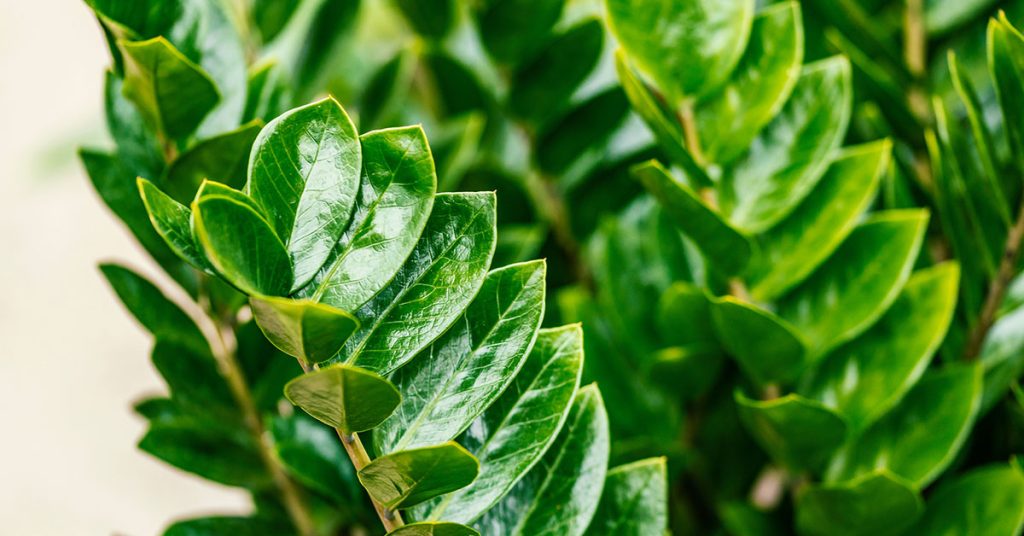
The ZZ Plant, native to eastern Africa, wins fans for its glossy pinnate leaves and tolerance of low light and drought. It forms tight clumps in containers, making it non-invasive indoors. However, its soil—kept moist for longer periods—can sometimes harbor mealybugs or fungus gnats.
Every part of the ZZ Plant contains calcium oxalate crystals that cause painful mouth irritation, drooling, and vomiting if chewed. After a pet nibble turned into a vet visit for my friend’s dog, I began keeping my ZZ Plant behind a closed door or on a high shelf. This way, I still enjoy its sculptural form without a worry in the world!
Peace Lily (Spathiphyllum spp.)
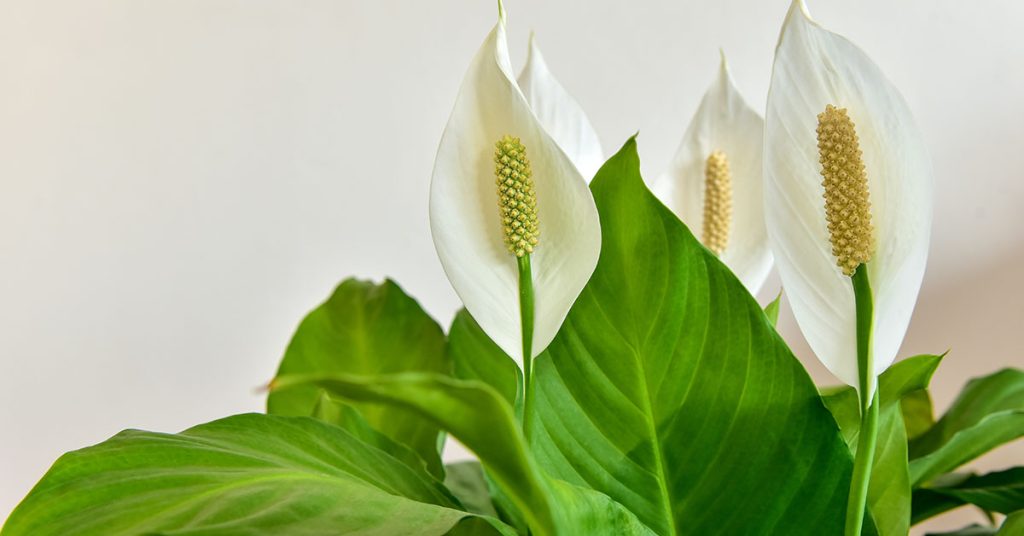
Peace Lilies originate from the tropical rainforests of Central and South America, where they thrive in shaded, humid understories. Their white spathes and lush green leaves create a serene indoor display. Yet, the consistently moist soil they require can also attract fungus gnats, a frustration for many indoor gardeners.
All parts of the Peace Lily contain calcium oxalate crystals that cause severe oral irritation, drooling, and difficulty swallowing in pets. I once witnessed a neighbor’s cat chew a leaf and spend the night at the emergency clinic! To keep the air-purifying benefits without the danger, I recommend placing Peace Lilies in rooms where pets aren’t allowed or opting for safe alternatives like spider plants.
Caladium (Caladium bicolor)

Caladiums, native to the rainforests of South America, are celebrated for their colorful, heart-shaped leaves in shades of pink, red, and green. They thrive in bright indirect light and consistently moist soil—which can unfortunately attract tiny gnats or even slugs if left unchecked.
Every part of the Caladium plant contains insoluble calcium oxalates that cause intense mouth and throat irritation, drooling, and vomiting. I learned this the hard way when my curious kitten took a nibble! Keeping caladiums on high plant stands or in terrariums can preserve their vibrant foliage without compromising your pet’s safety.
Cyclamen (Cyclamen persicum)
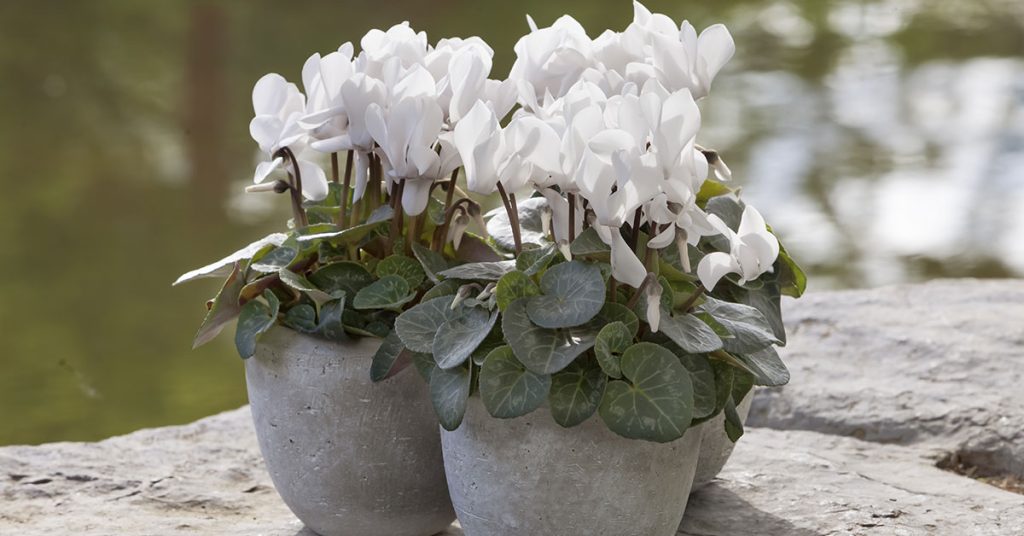
Cyclamen, native to the Mediterranean region, bursts into bloom in winter or spring, with upswept flowers and variegated leaves. It prefers bright, indirect light and moist soil. However, the moist environment can lure small slugs or snails indoors, creating an unwelcome garden guest.
All parts of the Cyclamen plant—especially its tubers—contain compounds that cause severe gastrointestinal distress, including vomiting and diarrhea. After a tense vet bill for a neighbor’s dog, I started placing cyclamen on a shelf away from paws and snouts. The result? Breathtaking blooms without any heartache!
Aloe Vera (Aloe barbadensis)

Aloe Vera hails from the Arabian Peninsula but is grown worldwide for its soothing gel. It prefers bright light and sparse watering, staying compact in pots. Yet, when overwatered, its soil can attract fungus gnats seeking moisture.
Despite its skin-healing properties, Aloe contains anthraquinones that cause vomiting, diarrhea, and tremors in pets if ingested. I once had to console a friend whose dog had a bad reaction—so now, I keep my aloe on a sunny windowsill unreachable by climbing cats. It’s a small change that preserves the plant’s benefits and keeps my furry friends out of trouble!
English Ivy (Hedera helix)

English Ivy, native to Europe and Western Asia, is often grown indoors for its trailing habit and evergreen leaves. It provides habitat for small beneficial insects like lacewings, which help control aphids. Though it can become invasive outdoors, potted English Ivy indoors rarely escapes its pot.
All parts of English Ivy contain triterpenoid saponins, causing vomiting, abdominal pain, and diarrhea in pets. One disastrous evening involving my neighbor’s inquisitive puppy taught me to place ivy in a hanging basket far above paw level. This way, I enjoy cascading greenery without risking a sick pet!
Dieffenbachia (Dieffenbachia seguine)
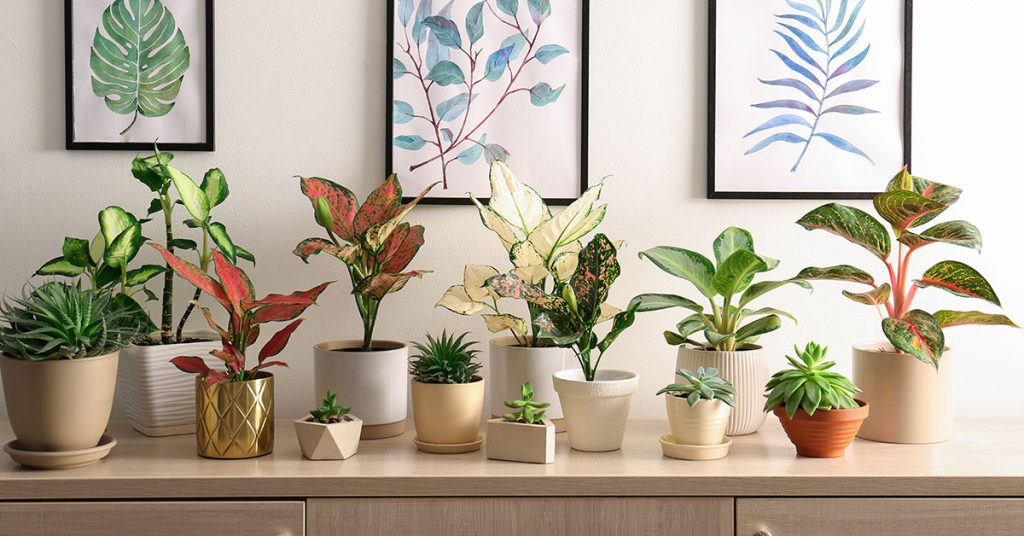
Dieffenbachia—commonly called Dumb Cane—originates from tropical Americas and features large, patterned leaves that make impressive centerpieces. It thrives in low to medium light and well-drained soil, forming neat clumps without spreading invasively. However, its dense foliage can harbor mealybugs if not monitored.
Every part of Dieffenbachia contains calcium oxalate crystals that cause intense oral pain, swelling, and temporary inability to vocalize if chewed by pets. After my own vet scare with a friend’s cat, I moved this dramatic plant to a guest room where pets aren’t allowed. Now, both my décor and my furry pals are safe!
Rubber Plant (Ficus elastica)
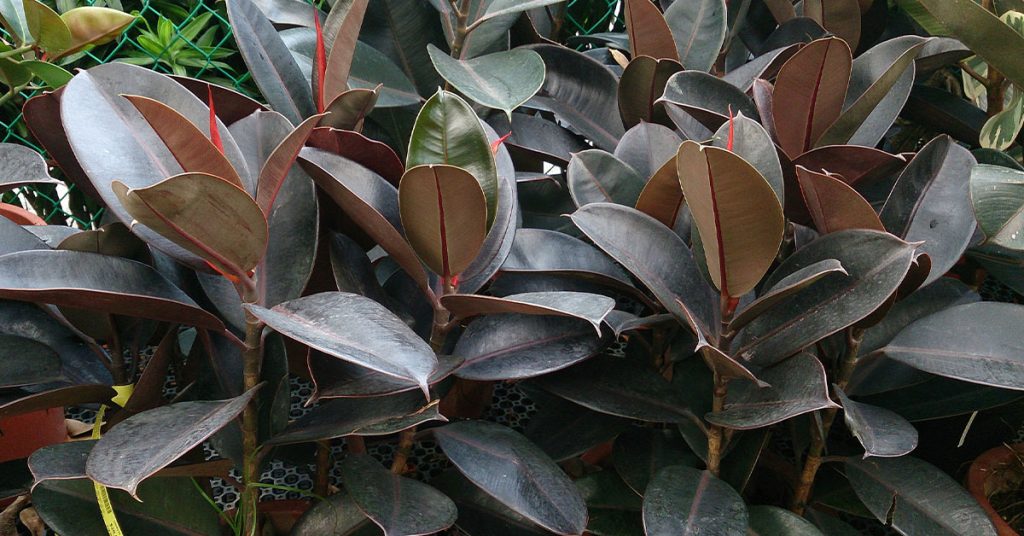
The Rubber Plant, native to India and Malaysia, boasts large, glossy leaves that clean indoor air. It grows steadily in bright, indirect light and well-aerated soil. Its sap can attract ants searching for sweet exudates, which gardeners often use as an early warning of possible scale insect infestations.
However, the milky sap contains latex components that cause vomiting and diarrhea if ingested by pets. A playful nibble from my neighbor’s kitten resulted in a frantic late-night vet trip. Now I position my Rubber Plant out of reach or use decorative screens to keep curious mouths away, preserving both the plant’s beauty and my peace of mind.




